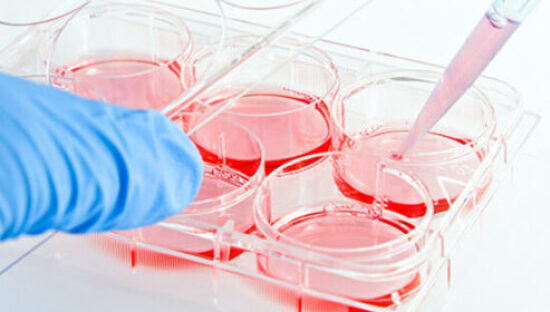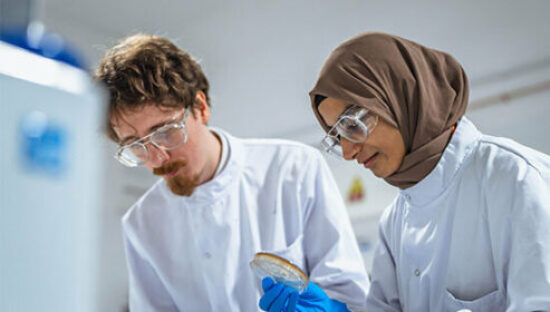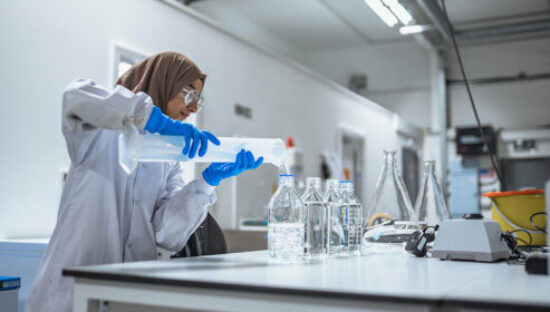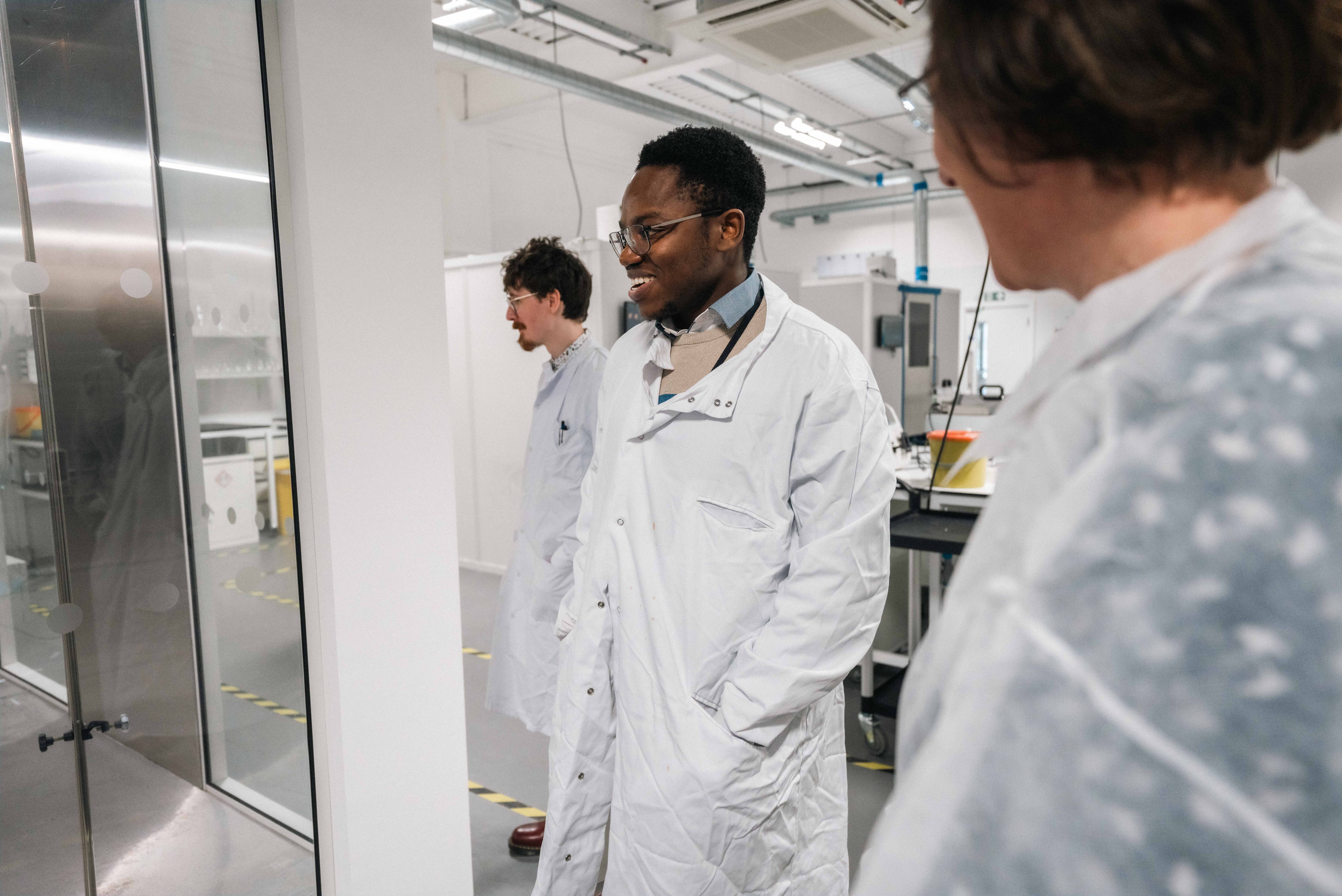
What is Good Laboratory Practice?
Good Laboratory Practice (GLP) refers to a set of principles designed to be implemented within a testing facilities quality management system. These principles define the processes and conditions under which non-clinical health and environmental safety studies must be planned, executed, monitored, recorded, reported, and retained. GLP was established to govern non-clinical studies that assess the safety of chemicals and drugs, following widespread discovery in the 1970s of falsified or fabricated records. Its primary aim is to promote the reliability and validity of test data. By adhering to GLP, facilities can produce data that is accepted in other member countries under the Organisation for Economic Co-operation and Development (OECD) Mutual Acceptance of Data agreement, ensuring consistency in regulatory submissions and assessments related to public health and environmental protection.
While GLP principles were originally intended for non-clinical studies in the chemical and pharmaceutical sectors, their scope has expanded to other industries, such as medical devices. However, the application of GLP in these industries is less clear, as the regulations have not been significantly updated to reflect this broader scope, leaving room for interpretation about what regulators expect from medical device manufacturers.
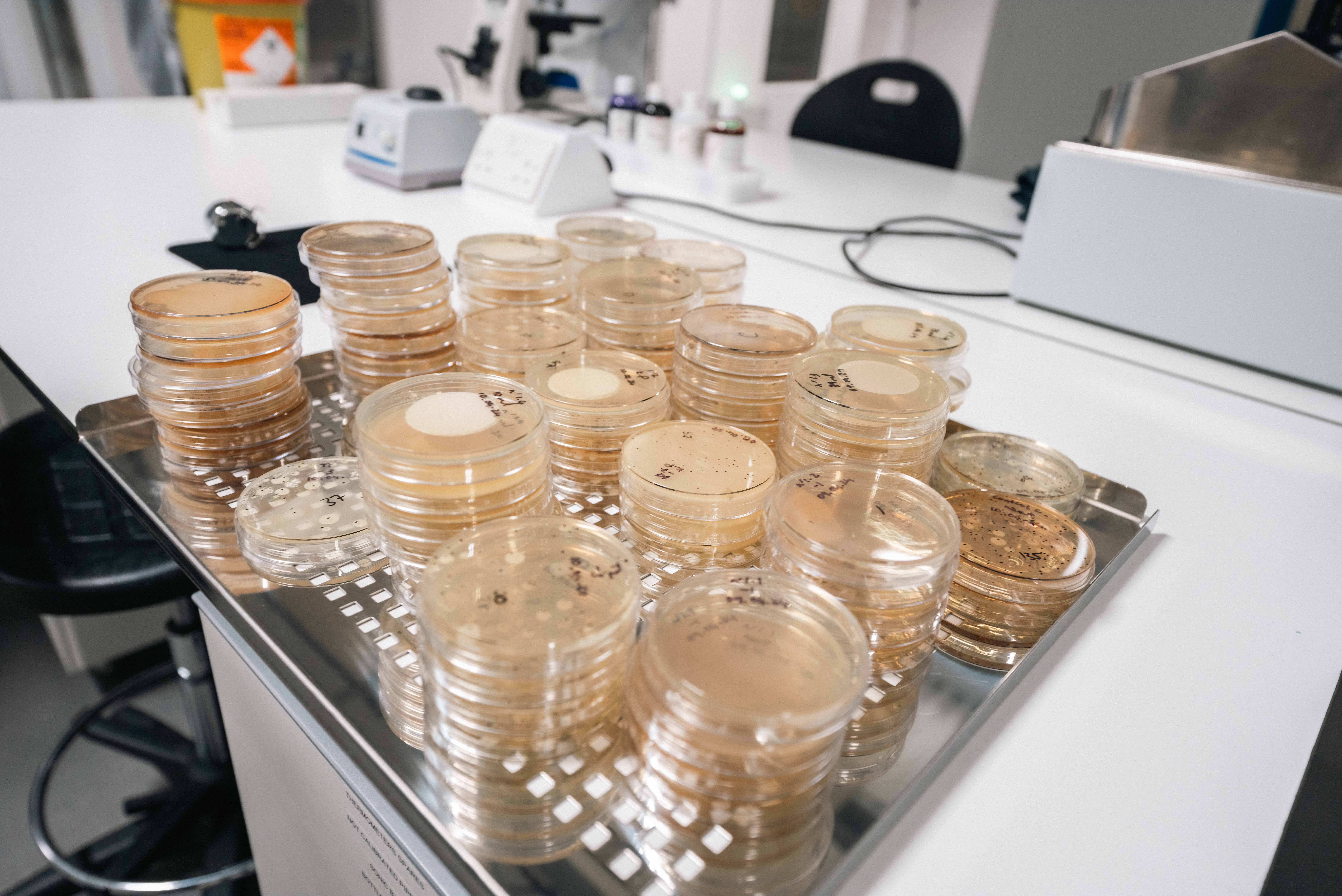
FDA Medical Device safety testing requirements
In the U.S., the FDA clearly requires biocompatibility data for medical devices, submitted through both PMA and 510K processes, to comply with GLP. This is outlined in the FDA’s guidance document, “Use of International Standard ISO 10993-1, Biological Evaluation of Medical Devices – Part 1: Evaluation and Testing within a Risk Management Process,” issued on 8th September 2023. Whilst biocompatibility tests are considered non-clinical studies that assess device safety, the FDA is less explicit when it comes to other safety tests, leading to some ambiguity regarding GLP requirements for areas such as instructions for use (IFU) validation, including service life, cleaning, disinfection, and sterilisation procedures.
According to the Federal Food, Drug, and Cosmetic Act (Subchapter V, Part A, Section 360), reusable medical devices must include the following aspects within their report for registration of their devices:
- Instructions for use, which have been validated in a manner specified by the secretary; and
- Validation data, regarding cleaning, disinfection and sterilisation and for which as substantial equivalence determination may be based.
A link can then be made to the Code of Federal Regulations (CFR Title 21, Part 58), which outlines the requirements for ‘Good Laboratory Practice for Nonclinical Laboratory Studies’ including those related to medical devices intended for application to research or marketing permits regulated by the FDA. Part 58 also emphasises that ‘compliance with this part is intended to assure the quality and integrity of the safety data filed’ for a range of sections including section 801.
Section 801 of the CFR outlines the labelling requirements for a device, mandating that manufacturers are responsible for providing adequate instructions for use (in layman terms) so that the device can be used safely and for the purpose of which it is intended. This includes ensuring reusable devices have clear preparation, reprocessing and service life instructions, covering aspects such as cleaning and sterilisation.
FDA Medical Device reprocessing requirements
The FDA has also issued guidance on ‘reprocessing medical devices in healthcare settings: validation methods and labelling’ which further clarifies expectations covered in 21 CFR, especially those mentioned in section 801. The purpose of the guidance document is to provide recommendations for scientific validation of reprocessing procedures for medical devices which are intended to be reused. Validation of the cleaning process using worst-case conditions; establishing simulated use protocols; and validation of the final microbicidal process are all examples of the testing that is referenced within this guidance. It also states that even medical devices exempt from 510(k) applications (but require submission) must also comply with the labelling and quality system requirements. Therefore, when comprehending the referenced sections of the regulations, it can be deduced that the validation of reprocessing instructions for reusable medical devices, including the safety of the device after repeated use should be conducted in compliance with GLP principles in order to place a device on the market in the U.S.
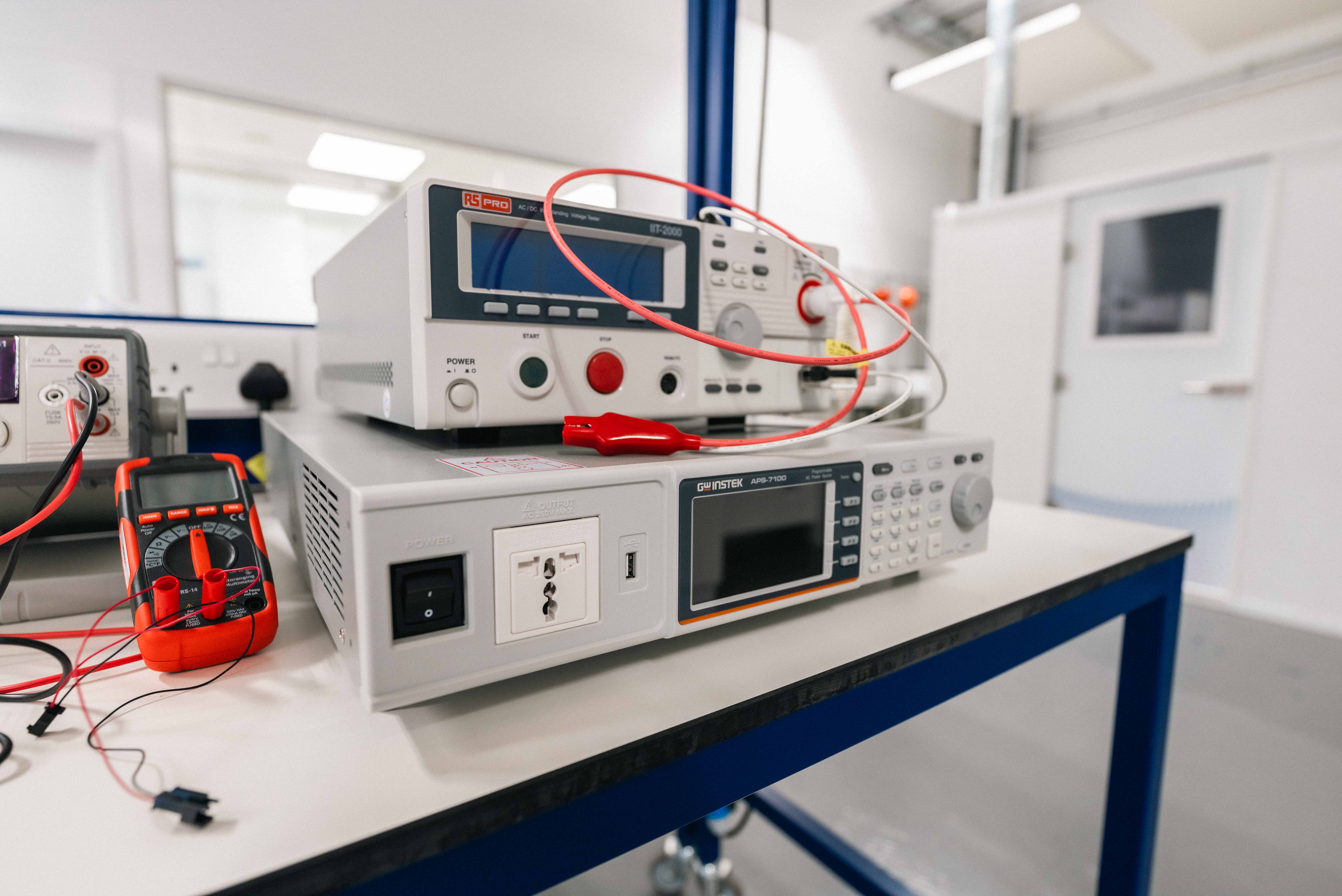
Good Laboratory Practice and European requirements
In Europe, interpreting GLP requirements is even more challenging. Regulation (EU) 2017/745 (EU MDR) outlines the technical documentation required for medical devices. Annex II, Section 6, “Product Verification and Validation,” specifies the need for detailed information regarding test design, complete test or study protocols, methods of data analysis, in addition to data summaries and test conclusions. It states that, where applicable, testing must comply with the provisions of Directive 2004/10/EC. This mandates that ‘unless specifically exempted by national legislation, these principles of GLP apply to all non-clinical health and environmental safety studies required by regulation for the purpose of registering’. Testing, such as biocompatibility, stability (including shelf life), performance and safety testing are examples of those listed within the regulations.
While the EU MDR and associated directives imply the need for GLP compliance in many cases, the specific expectation between notified bodies may vary. This creates challenges for manufacturers who must navigate differing interpretations of the regulations. Like in the U.S., the EU requires that safety studies for medical devices – particularly those that assess biocompatibility and performance – comply with GLP principles, but the guidance on other types of safety testing is less explicit, leading to variations in how these requirements are applied across the region.
Good Laboratory Practice is essential for Medical Device Safety testing
While GLP was initially developed for the chemical and pharmaceutical industries, its application has expanded to medical devices, though the requirements are not always straightforward. In the U.S., the FDA has provided clear guidelines on the application of GLP to biocompatibility testing, but there is less clarity when it comes to other types of safety testing, such as the validation of cleaning and sterilisation instructions. In Europe, the regulatory framework similarly calls for GLP compliance in certain safety tests, but the exact requirements can be more difficult to interpret. Overall, adhering to GLP is essential for maintaining the quality and integrity of non-clinical safety data submitted for regulatory approval. Special care must be taken to ensure that all safety data, including that which demonstrates a device’s continued functionality after reprocessing, is accurately produced to confirm the device performs as intended.


